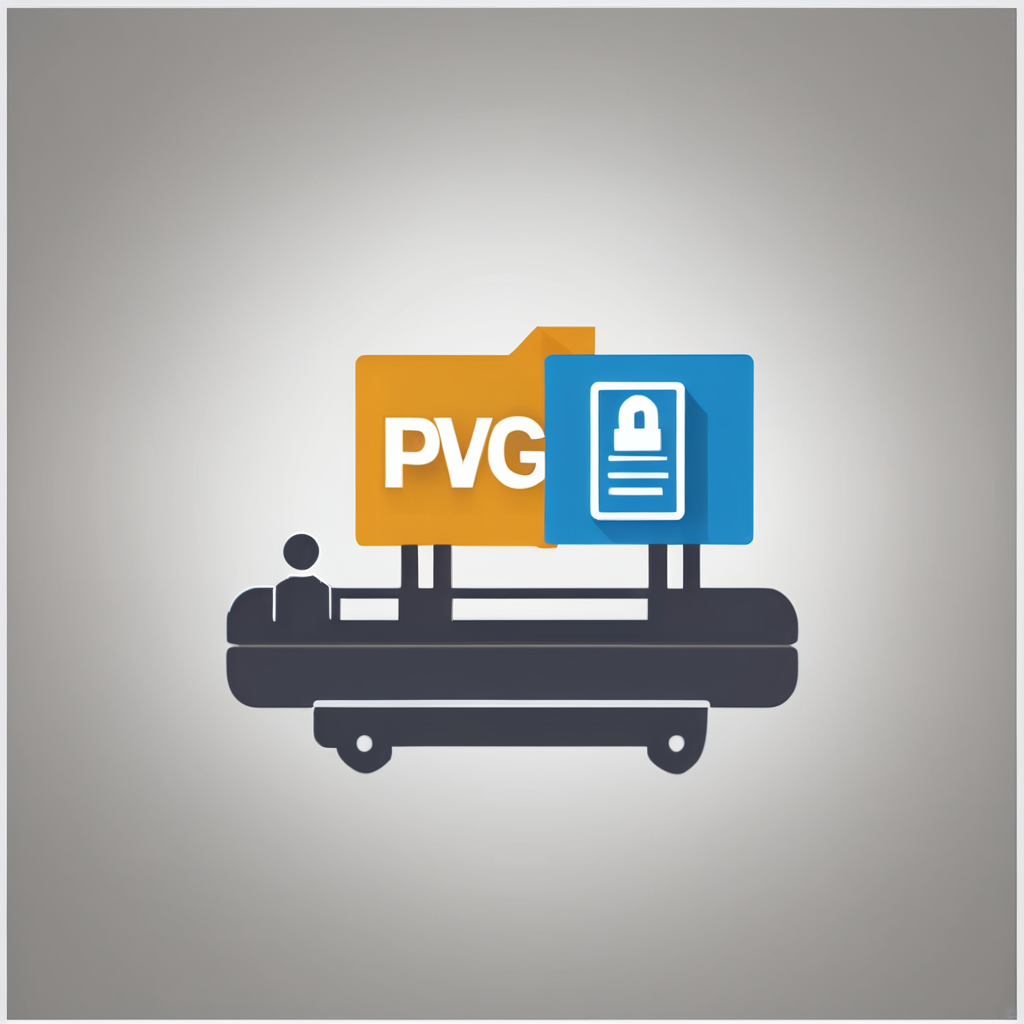Overview of Business Structures in the UK
Understanding UK business structures is crucial for entrepreneurs aiming to establish their ventures effectively. The main types of business in the UK include sole trader, partnership, limited company, and other less common entities. Each business structure comes with distinct legal characteristics that impact liability, taxation, and administrative responsibilities.
A sole trader operates independently and assumes full personal liability for business debts. This structure offers simplicity but increases personal risk. In contrast, a partnership involves two or more individuals sharing profits, losses, and liability, with legal obligations defined by partnership agreements.
Have you seen this : How Can Entrepreneurs Strategically Navigate the UK Business Formation Process?
A limited company is a separate legal entity, providing owners with limited liability, thus protecting personal assets. This structure is more complex, requiring formal registration and compliance with corporate governance, but it often benefits from tax efficiencies and enhanced credibility.
The choice of UK business structures directly affects an entrepreneur’s financial exposure, tax obligations, and operational flexibility. Selecting the appropriate type of business requires careful comparison of these factors, fitting them to the entrepreneur’s risk tolerance and business goals. This strategic decision lays the foundation for sustainable growth and legal compliance.
Additional reading : How Can Entrepreneurs Ensure Compliance When Setting Up a UK Business?
Pros and Cons of Each Business Structure
Navigating UK business options requires understanding the advantages and disadvantages of different structures. Starting as a sole trader offers simplicity and full control, making it ideal for entrepreneurs aiming for direct management and straightforward tax processes. However, the principal disadvantage lies in unlimited personal liability, exposing personal assets to business risks.
A partnership structure brings combined skills and shared responsibilities. This collaboration can enhance decision-making and resource pooling. The downside includes shared liability, meaning partners are jointly responsible for debts—this risk may jeopardise individual financial security.
Forming a limited company introduces distinct legal personality, limiting owners’ financial liability to their investment. Tax efficiency and enhanced credibility are key advantages. Yet, compliance requirements and administrative burdens can be complex and time-consuming, potentially deterring small-scale entrepreneurs.
Each UK business option carries trade-offs between control, liability, and administrative overhead. Carefully considering these advantages and disadvantages will help align your choice with long-term goals and risk tolerance.
Legal and Tax Implications
Understanding the legal requirements and tax implications is crucial when setting up a business in the UK to ensure full business compliance. Each business structure—sole trader, partnership, or limited company—comes with specific registration and reporting obligations.
Sole traders must register with HM Revenue & Customs (HMRC) for self-assessment and report income tax annually. Partnerships require registration too, but must file a partnership tax return, where profits are divided and taxed at the partners’ individual rates. Limited companies have more complex obligations: they must register with Companies House, file annual accounts, and submit corporation tax returns.
Tax treatment varies by structure. Sole traders and partnerships are subject to income tax on profits, while limited companies pay corporation tax on their profits. Additionally, Value Added Tax (VAT) registration is mandatory if turnover exceeds the VAT threshold, regardless of structure.
Ongoing compliance includes maintaining accurate financial records, timely submissions of tax returns, and adhering to regulatory changes. Failure to meet these obligations can result in penalties and could jeopardize the business’s standing in the UK. Proper understanding helps maintain operational and fiscal health effectively.
Criteria for Choosing the Right Structure
Selecting the appropriate business structure is a crucial step in a successful business setup UK journey. Entrepreneurs must begin by assessing their personal circumstances, as this influences liability exposure and tax obligations. For example, sole traders face unlimited liability, while limited companies offer separation between personal and business assets.
Understanding the nature of your business goals further guides your choice. Ambitions for rapid growth or seeking investment suggest a limited company might be optimal due to enhanced credibility and easier access to funding. Conversely, a sole trader or partnership may suffice for smaller, less complex ventures.
Risk appetite also plays a role; businesses with higher risk levels often benefit from limited liability structures to protect personal assets.
Practical steps include clearly outlining your business needs and scalability plans. Consulting with professionals such as accountants or legal advisors provides tailored advice reflecting current UK business laws and tax regulations. This strategic approach ensures your entrepreneur decisions are well-informed and aligned with long-term objectives, easing future transitions as the business evolves.
Step-by-Step Guide to Registering Your Business Structure
Understanding the setup process made simple
Registering your business in the UK involves clear, defined steps tailored to the chosen structure: sole trader, partnership, or limited company. Knowing how to register business UK entities ensures compliance and smooth operation from day one.
For a sole trader, registration is straightforward—notify HM Revenue & Customs (HMRC) via the online portal. No formal documentation beyond basic personal details is required, but you must register by 5 October following the tax year you started trading. There’s no registration fee.
Setting up a partnership requires informing HMRC as well, with all partners registering individually. You’ll also provide details about the partnership agreement and share of responsibilities. The cost remains minimal, but legal advice can help clarify partnership terms.
A limited company involves a more detailed setup process. You must register with Companies House, submit a memorandum and articles of association, and provide director and shareholder info. The registration fee is £12 online or £40 by post. Official guidance from the UK government’s website offers detailed instructions and access to registration portals to streamline the process.
Real-Life Examples and Case Studies
Understanding entrepreneur stories UK sheds light on the practical impact of choosing the right business structure. A notable case involves a sole trader who transitioned to a limited company. Initially, as a sole trader, they enjoyed simplicity but faced challenges with personal liability and tax inefficiencies. Switching to a limited company improved their financial management and legal protection, illustrating a common business structure example.
Partnerships offer another valuable perspective. Many UK entrepreneurs report success when clear agreements and defined roles exist. However, common pitfalls include disputes over profit sharing and decision-making authority, making formal partnership agreements crucial. Learning from these stories helps entrepreneurs anticipate and avoid similar issues.
Lessons learned from these real-life experiences emphasize that the choice of structure significantly affects growth potential, tax obligations, and legal risks. UK entrepreneurs consistently recommend evaluating long-term goals and seeking professional advice when deciding on a business structure. Understanding these insights can guide informed decisions that support sustainable success.







